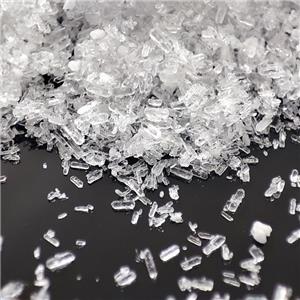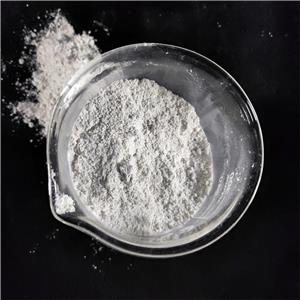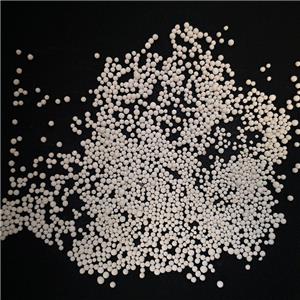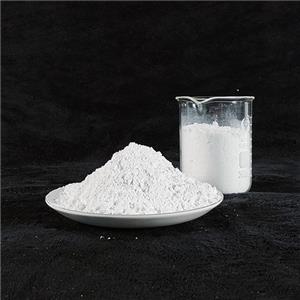What does antimony trioxide do?
The Role and Application of Antimony Trioxide in Flame-Retardant Materials
Introduction
Flame retardants are chemical additives that delay or inhibit the combustion of materials and are widely used in plastics, rubber, textiles, and electronic devices. Antimony trioxide for Flame-retardant (Sb₂O₃) is a highly effective inorganic flame retardant, often used in conjunction with halogenated flame retardants (such as bromine- or chlorine-based compounds) to significantly enhance the flame retardancy of materials. This article will explore the flame retardant mechanism, application areas, and development trends of antimony trioxide.
Flame Retardant Mechanism of Antimony Trioxide
Antimony trioxide for Flame-retardant itself does not possess significant flame retardancy, but when used with halogenated flame retardants, it can exert a synergistic flame retardant effect through the following mechanisms:
Gas-Phase Flame Retardant Mechanism
At high temperatures, antimony trioxide for Flame-retardant reacts with halogenated compounds (such as bromine-based flame retardants) to form volatile antimony halides (such as SbBr₃).
These antimony halides enter the gas phase, capturing free radicals (such as H₂ and OH₂) in the combustion chain reaction and inhibiting flame propagation.
Solid-Phase Flame Retardant Mechanism
During combustion, Antimony trioxide for Flame-retardant for Flame-retardant promotes the formation of a char layer, isolating oxygen and heat, and slowing the thermal decomposition of the material.
Endothermic Decomposition
Antimony trioxide for Flame-retardant decomposes endothermically at high temperatures, lowering the surface temperature of the material and slowing the combustion process.
Applications of Antimony Trioxide
Plastics Industry
Widely used for flame retardant modification of plastics such as PVC, PP, and ABS, such as wires and cables, and electronic casings.
Typical Formulation: Compounded with decabromodiphenyl ether (DBDPO) to form a highly effective flame retardant system.
Textile Flame Retardant
Used in flame-retardant curtains, protective clothing, and other applications, often used in combination with brominated flame retardants.
Rubber Products
Antimony trioxide applicable to flame-retardant conveyor belts, seals, and other industrial rubber products.
Coatings and Building Materials
Antimony trioxide Used in fire-retardant coatings, flame-retardant foams, and other building materials.
Advantages
Antimony trioxide has a significant synergistic effect with halogen flame retardants and offers high flame-retardant efficiency.
Antimony trioxide has good thermal stability and is suitable for high-temperature processing materials.
Its price is relatively low, and it has a mature industrial application.




